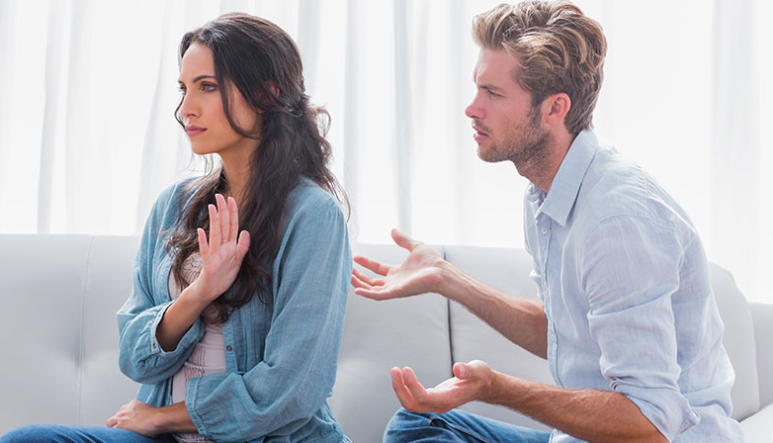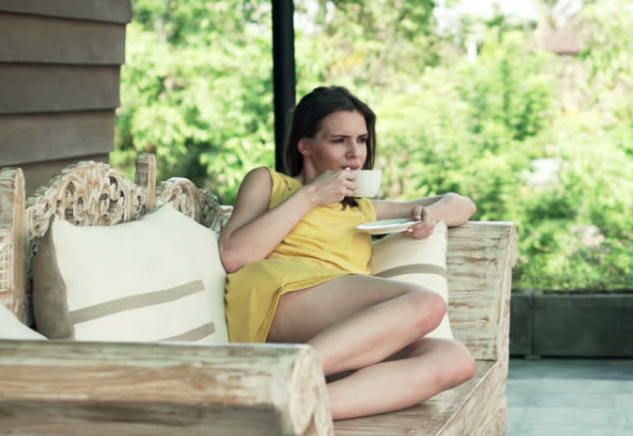“A pause gives you
breathing space
so listen
to the whispers
of the real you”
– Tara Estacaan – Poet

I’ve been reading in books and hearing on podcasts and TED Talks that simply by pausing at certain times, we can improve our life.
Honestly though? Can taking time to pause actually enhance my life? Can it make me happier, improve my relationships, and even re-wire my brain?
Some pretty big claims for just stopping whatever I’m doing and breathing for a few seconds!
So I did a bit of research and I discovered three different significant times to pause:
- In the morning and throughout the day to be intentional
- During stress and/or conflict
- At positive moments, to savour the good
The Pause for Intention:
Our intention creates our reality.
– Wayne Dyer
Every intention is a trigger for Transformation
– Deepak Chopra
Several books I’ve read recently encourage us to live more intentionally; that our intentions can bring transformation; that pausing to be intentional can be transformational.
I always thought of goals and intentions as more or less the same thing. But is setting a goal for the day, the same as setting an intention? What is the difference between goals and intentions?
I’ve discovered that for me, goals feel like I’m pushing toward an external thing, a driving force, like something I push to make happen. Whereas intentions feel more internal, like a spark from within that moves me.
As I explored in a blog post not long ago, when I go through each day – not with a list of goals that have to be ticked off, but with intentions for the day, it makes for a much happier and less stressful day.

David Emerald, author of TED — The Empowerment Dynamic, beautifully describes the differences between goals and intentions:
- Goals are focused on the future. Intentions are in the present moment.
- Goals are a destination or specific achievement. Intentions are lived each day, independent of reaching the goal or destination.
- Goals are external achievements. Intentions are your inner-relationships with yourself and others.
Wayne Dyer describes intentions like this:
“Intention is not something you do, but rather a force that exists in the universe as an invisible field of energy- a power that can carry us. It’s the difference between motivation and inspiration. Motivation is when you get hold of an idea and don’t let go of it until you make it a reality. Inspiration is the reverse- when an idea gets hold of you and you feel compelled to let that impulse or energy carry you along.”
Deepak Chopra explains that:
“Intention is the starting point of every dream.The sages of India observed thousands of years ago that our destiny is ultimately shaped by our deepest intentions and desires. The classic Vedic text known as the Upanishads declares, ‘You are what your deepest desire is. As your desire is, so is your intention. As your intention is, so is your will. As your will is, so is your deed. As your deed is, so is your destiny.’ An intention is a directed impulse of consciousness that contains the seed form of that which you aim to create.”
So by pausing each morning, and indeed throughout the day, to listen to that inspiration, focus on the intention, that impulse of consciousness, I am honouring that trigger for transformation.
The Mindful Pause:
“Practice the pause. Pause before judging. Pause before assuming. Pause before accusing. Pause whenever you’re about to react harshly and you’ll avoid doing and saying things you’ll later regret.”
– Lori Deschene
Listening to a podcast recently, Tara Brach encouraged us to pause when we are feeling stressed or in conflict. Brach explains that one of the main keys that mindfulness offers us in times of conflict and stress is time to pause to help us move from reaction, knee jerk response to conflict that occurs in the amygdala (the most primitive part of the brain; when we are operating from the amygdala, we react quickly with fight, flight or freeze), and shift the process to the prefrontal cortex.

Brach explains:
“When we feel threatened, part of our evolutionary design is to go into fight, flight or freeze. None of which serve so well when it comes to good communication. Neuroscience research confirms that mindfulness practice improves the brain’s ability to process under stress. It trains us to shift our response away from our primitive, survival reaction, to access more recently developed parts of the brain, in particular, the prefrontal cortex with it’s capacity for reasoning, flexibility and empathy. “
So when stressed or in conflict, pausing can help us move away from getting triggered and catapulting us into reactivity, and toward choosing a more measured response, choosing reason and empathy.
The Pause to Savor:
“The most beautiful thing we can experience is the mysterious. It is the source of all true art and all science. He to whom this emotion is a stranger, who can no longer pause to wonder and stand rapt in awe, is as good as dead: his eyes are closed.”
– Albert Einstein

In a TED talk I watched recently, Rick Hanson suggested that we pause to savor the good moments in order to offset our negativity bias. Our brains have a built-in negativity bias’ that has evolved over millions of years; it was a lot more important to notice, react to, and remember the dangers than it was to savor the good. That’s because — in the tough environments in which our ancestors lived — if they missed out on a carrot, they usually had a shot at another one later on. But if they failed to avoid a stick — a predator, a natural hazard, or aggression from others of their species then there was no more chances to pass on their genes.
Hanson explained that the negativity bias shows up in lots of ways:
- In a relationship, it typically takes five good interactions to make up for a single bad one.
- People will work much harder to avoid losing $100 than they will work to gain the same amount of money.
- Painful experiences are much more memorable than pleasurable ones.
In effect, our brains are like Velcro for negative experiences, but Teflon for positive ones. This impacts our implicit memory— our underlying expectations, beliefs, action strategies, and mood — in an increasingly negative direction.
Research shows that it only takes about 30 seconds to install the good, to let it become part of our implicit memory.
Hanson has three suggestions about how to take in the good and make it stick:
1. Look for good facts, and turn them into good experiences.
Good facts include positive events – like the taste of good coffee or getting an unexpected compliment – and positive aspects of the world and yourself. When you notice something good, let yourself feel good about it.
Try to do this at least a half dozen times a day. Each time takes just 30 seconds or so. It’s private; no one needs to know you are taking in the good. You can do it on the fly in daily life, or at special times of reflection, like just before falling asleep (when the brain is especially receptive to new learning).
2. Really enjoy the experience.
Most of the time, a good experience is pretty mild, and that’s fine. But try to stay with it for 20 or 30 seconds in a row – instead of getting distracted by something else. As you can, sense that it is filling your body, becoming a rich experience. As Marc Lewis and other researchers have shown, the longer that something is held in awareness and the more emotionally stimulating it is, the more neurons that fire and thus wire together, and the stronger the trace in memory.
3. Intend and sense that the good experience is sinking into you.
People do this in different ways. Some feel it in their body like a warm glow spreading through their chest like the warmth of a cup of hot cocoa on a cold wintry day. Others visualize things like a golden syrup sinking down inside, bringing good feelings and soothing old places of hurt.
So when we have an experience and we feel good because of that experience, take time to feel good; pause and let it sink in.
So honestly, yes, a simple pause really does have incredible power. Choosing to pause before jumping out of bed to set a simple intention for the day; choosing to pause when I’m triggered from anger or stress, to refrain from reacting from my primitive part of my brain and instead choosing a more measured and empathetic response; and choosing to pause throughout the day to savour the good really will enhance my life. Taking the time to pause absolutely can enhance my life.


